Search Results
Showing Results for immunosuppression therapy
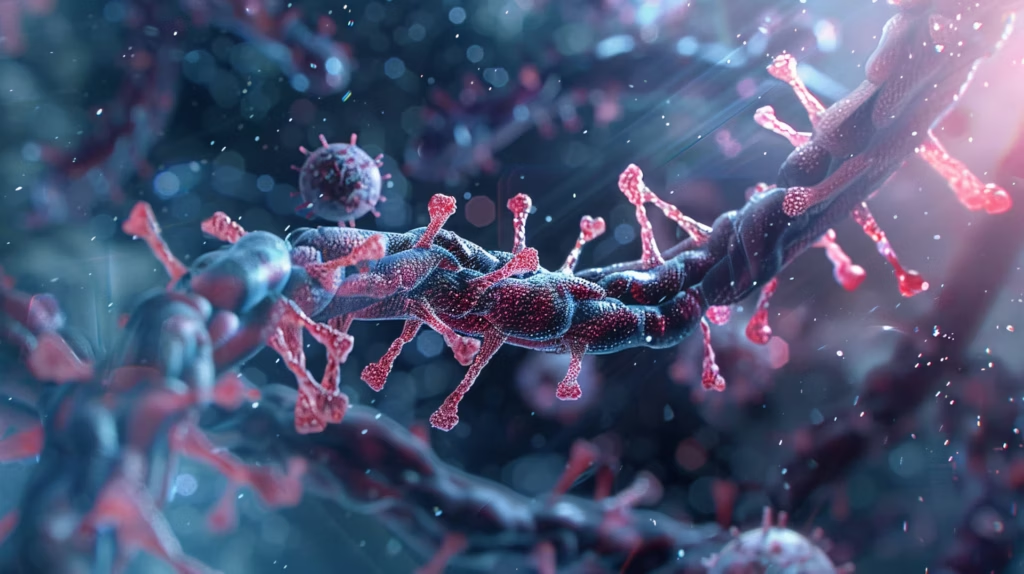
Broadest approval to date in generalized myasthenia gravis The FDA approval of nipocalimab for generalized myasthenia gravis (gMG) introduces a targeted therapy within a validated class, offering the potential for durable disease control across the broadest patient population to date. ...

Myasthenia gravis (MG) is an autoimmune disorder where antibodies disrupt the neuromuscular junction, causing muscle weakness that worsens with activity. MG subgroups are based on muscle weakness location, age, antibody type, and thymus pathology, with some patients experiencing severe, treatment-resistant symptoms. Biomarkers can indicate prognosis. First-line treatments include pyridostigmine for symptomatic relief and immunosuppressants like prednisolone and azathioprine. Thymectomy is recommended for certain patients. Second-line treatments include mycophenolate, rituximab, and others, with new therapies like complement and FcRn inhibitors showing promise. Intravenous immunoglobulin and plasma exchange are used for acute exacerbations. Supportive therapy, including adapted exercise, is crucial. In refractory cases, comorbidities and diagnosis accuracy should be reconsidered.
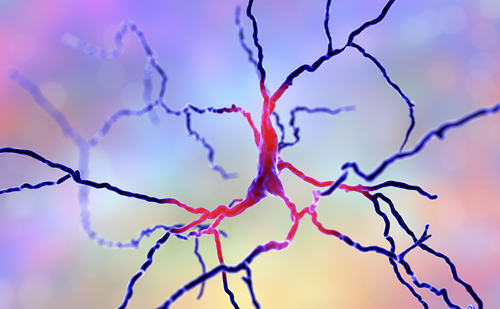
Neuromyelitis optica spectrum disorder (NMOSD) is a rare inflammatory autoimmune disease of the central nervous system (CNS) with a worldwide distribution.1 The first clinical description of NMOSD was made a century ago by Devic and Gault, who documented patients with ...

Duchenne muscular dystrophy (DMD) is an X-linked recessive, progressive and universally fatal disease in the spectrum of dystrophinopathies,1 with an incidence of 21.4 patients in 100,000 live male births worldwide.2,3 Historically, patients with DMD would lose ambulation by the age of 10 due ...
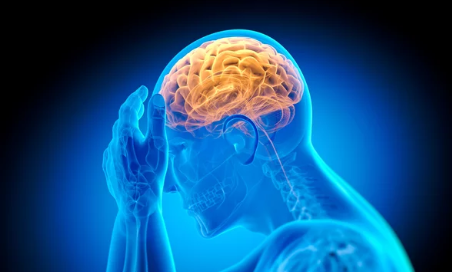
Case study Patient information A 42-year-old woman presented in the emergency department with acute onset whole-body myoclonic jerks for 1 day. On enquiry, the patient’s parents advised that she had a history of depression over the past 15 years. Intermittently, family ...
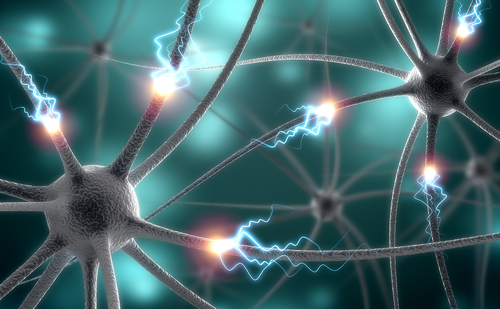
Acute disseminated encephalomyelitis (ADEM), first characterized in 1931,1 is a non-specific clinical syndrome of polyfocal central nervous system (CNS) inflammatory demyelination; it is characterized by encephalopathy and large, poorly demarcated cerebral white matter lesions.2,3 Myelin oligodendrocyte glycoprotein (MOG) antibody-associated disease (MOGAD), ...

Background for molecular-based therapy for spinal muscular atrophy Spinal muscular atrophy (SMA) is an autosomal recessive neuromuscular disease and the most common cause of infant death worldwide, with an incidence of 1:10,000 live births and carrier frequency of 1:50.1 This disease, caused ...
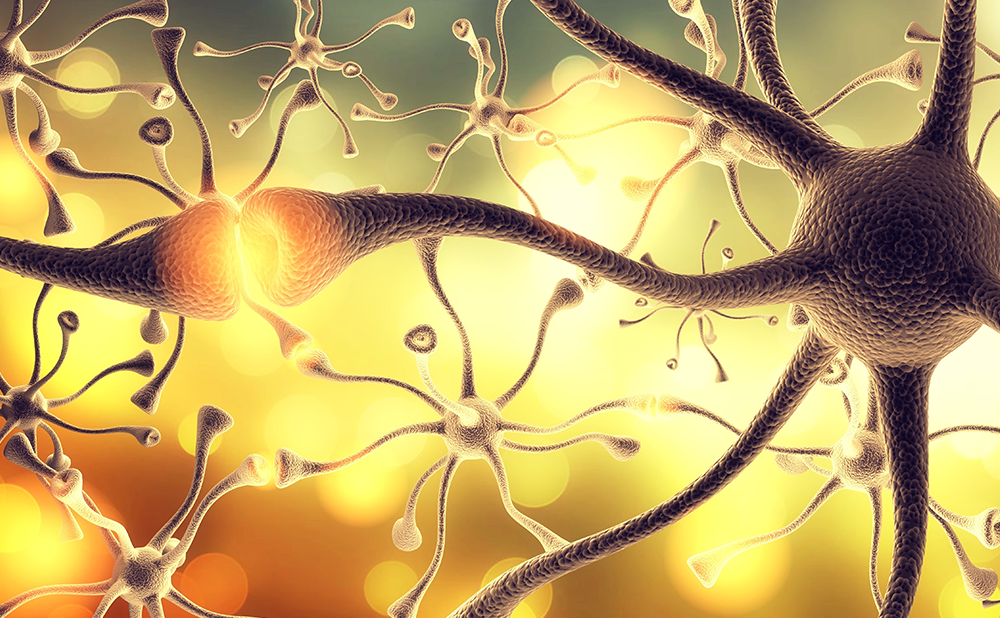
Myasthenia gravis (MG) represents the major and most frequent primary disorder of the neuromuscular junction. Clinical hallmarks are variable and include exercise-induced weakness involving extraocular, bulbar, limb and/or axial muscles.1 Respiratory involvement, characterized by orthopnoea or dyspnoea with exertion, ...
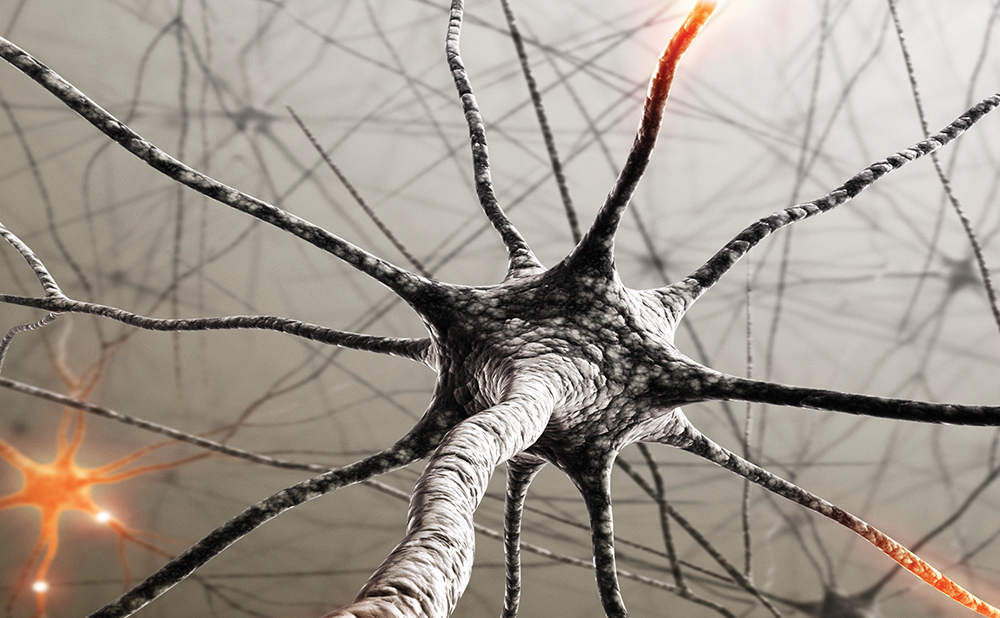
Infection of the central nervous system (CNS) due to cytomegalovirus (CMV) is rare, as it typically occurrs in immunocompromised patients and rarely affects those who are immunocompetent.1 Brain infection – manifested by meningoencephalitis – is much more common than infection of the ...
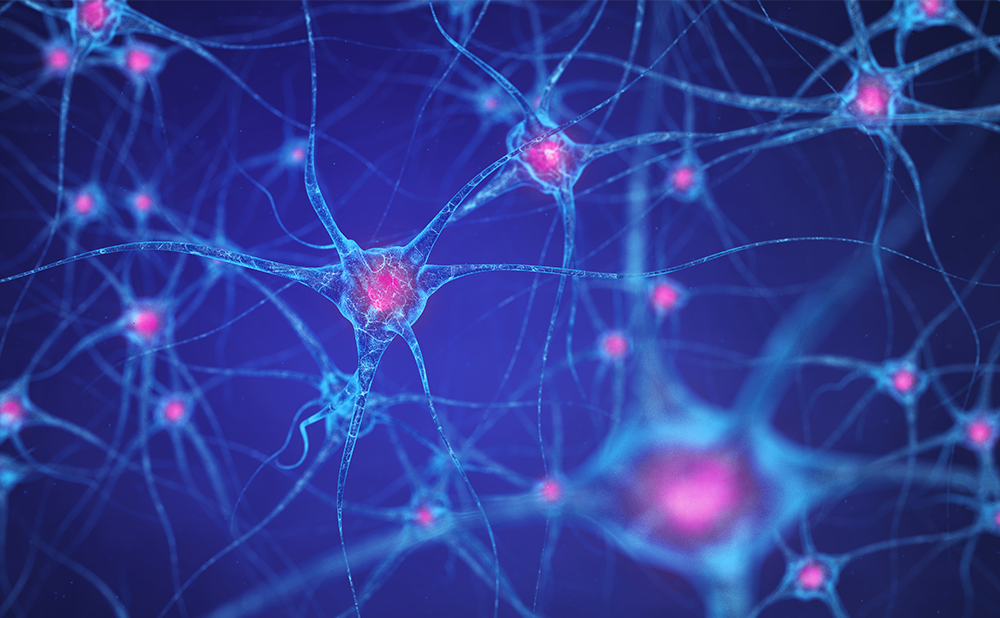
The clinical use of cancer immunotherapy with immune checkpoint inhibitors (ICI) has transformed cancer management and added another effective treatment option for different types of malignancies.1–3 In 2018, the Nobel Prize for medicine and physiology was awarded for the discovery of ...
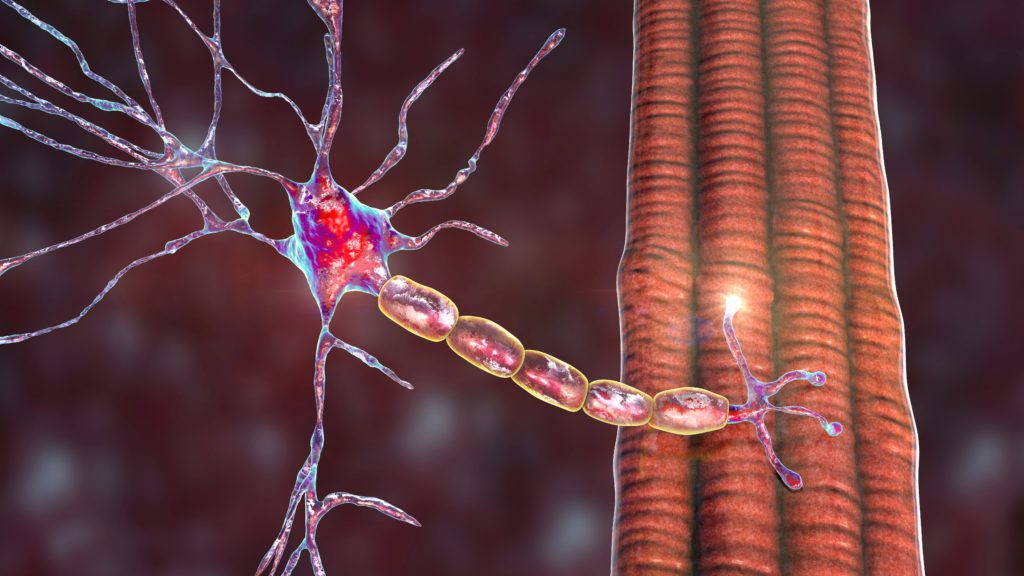
Myasthenia gravis (MG) is an autoimmune disorder caused by autoantibodies against the myoneural junction, which lead to impaired neuromuscular transmission. These antibodies act at the post-synaptic membrane, commonly against the nicotinic acetylcholine receptor (AChR) but in some cases, antibodies to ...

Great to catch-up with Andrew Chan (Inselspital Bern, University Hospital, University of Bern, Bern, Switzerland), who discussed challenges posed to patient care by COVID-19, factors to consider around immunosuppression for patients with multiple sclerosis (MS) during the pandemic, as well ...
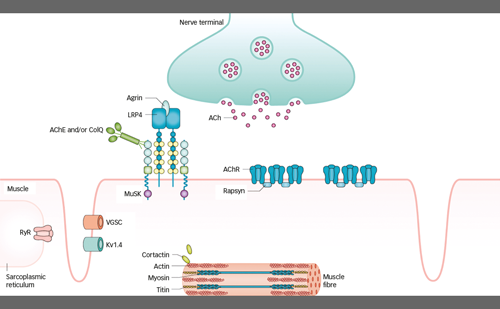
Myasthenia gravis (MG) leads to muscle weakness, which increases with repetitive use of muscles; in the morning, many patients are symptom-free.1,2 Diplopia, ptosis and weakness in other muscles innervated by cranial nerves, are typical. The muscle weakness is, in most ...

Multiple sclerosis (MS) is a chronic inflammatory, demyelinating disorder of the central nervous system that is characterised by episodes of neurological dysfunction and eventually, neurodegeneration and the progressive accumulation of disability.1,2 Approximately 85% of patients with MS initially present with relapsing-remitting ...
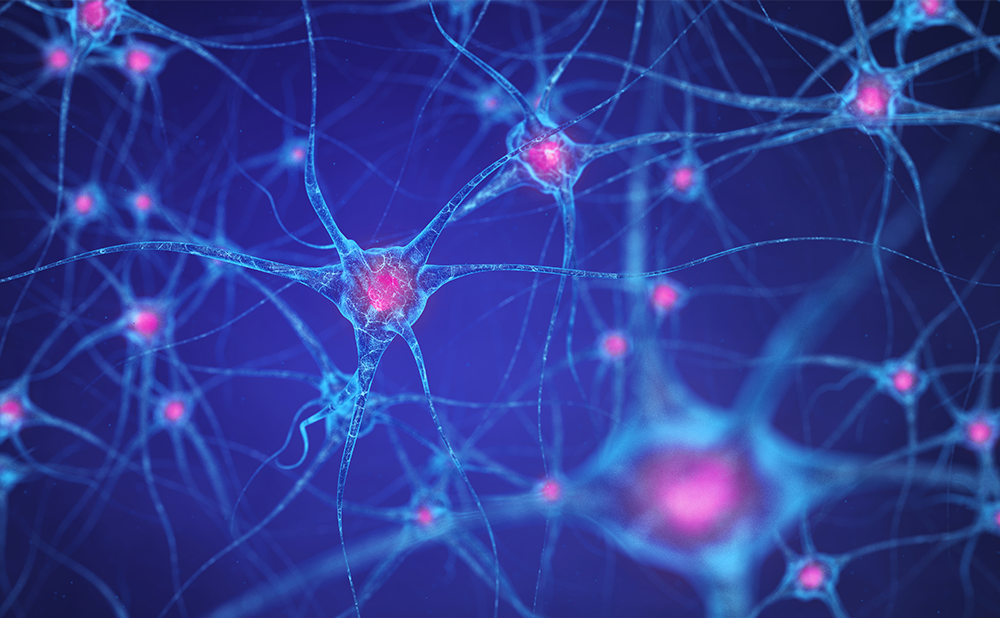
Herpes zoster, also known as shingles, is one of the many manifestations of neurologic disorders and occurs with a cumulative life-time incidence of 10–20% in the general population.1 The annual incidence of this disease differs worldwide; in the UK, herpes zoster ...

Myasthenia gravis (MG) is a relatively rare autoimmune disease, caused by an antibody-mediated blockade of neuromuscular transmission and resulting in skeletal muscle weakness. MG is characterised by fluctuating muscle weakness that worsens with activity and improves on resting. Over half ...
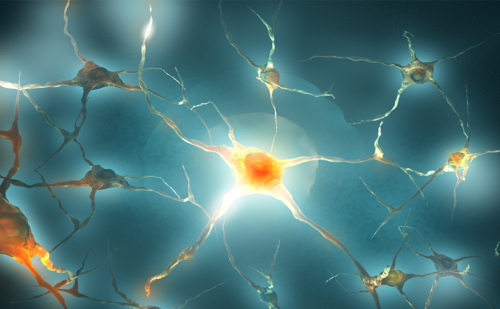
In the past decade, a number of novel therapies targeting specific molecules involved in the inflammatory or immune system activation cascades have become available, improving the management of multiple sclerosis (MS).1 However, most new therapies are biological drugs, which need ...
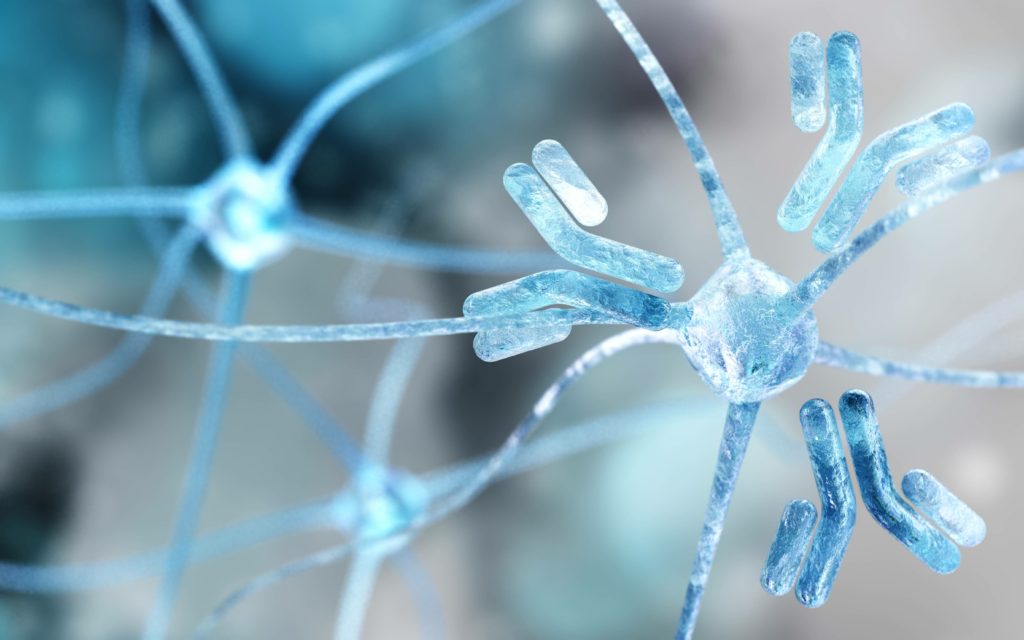
T and B cells in multiple sclerosis immunopathology Knowledge of multiple sclerosis (MS) pathophysiology has progressed dramatically from the first description of the disease in 1868 to the understanding of immune processes in the 1990s to the present day. Genetic1,2 and ...
Latest articles videos and clinical updates - straight to your inbox
Log into your Touch Account
Earn and track your CME credits on the go, save articles for later, and follow the latest congress coverage.
Register now for FREE Access
Register for free to hear about the latest expert-led education, peer-reviewed articles, conference highlights, and innovative CME activities.
Sign up with an Email
Or use a Social Account.
This Functionality is for
Members Only
Explore the latest in medical education and stay current in your field. Create a free account to track your learning.

